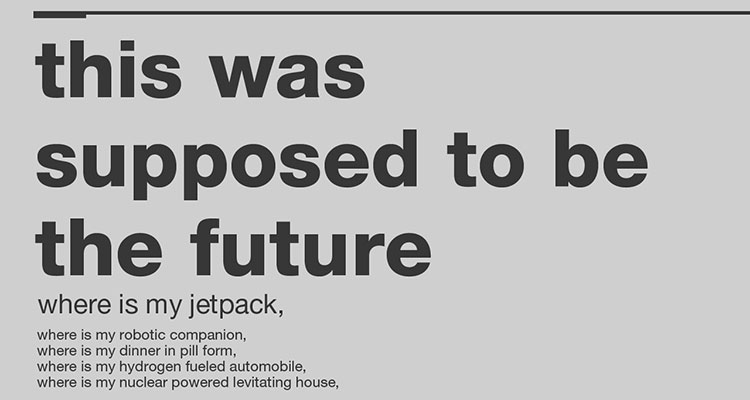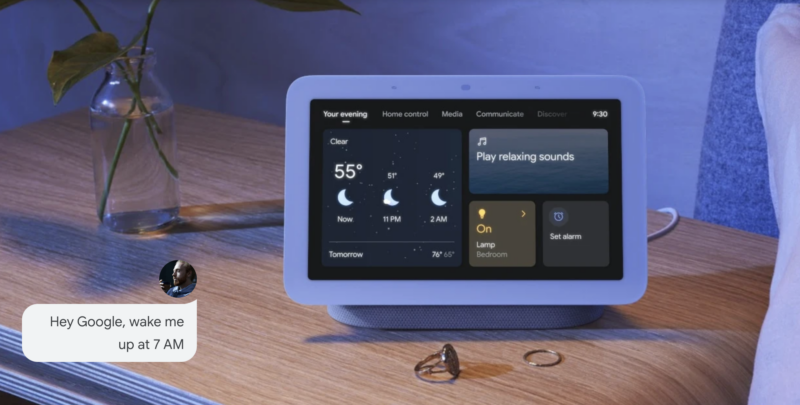How Long Until the Future?
 Many science-fictional promises of the “world of the future” never have and perhaps never will come to pass.
Many science-fictional promises of the “world of the future” never have and perhaps never will come to pass.
We don’t have our flying cars, and perhaps never will.
We don’t have a robot maid.
We aren’t eating Soylent Green. (OK, that one might not be a great loss).
What about the meeting room of the future? Where’s our holographic display? When can we talk to a three-dimensional rendering of a far-end participant? When can we start meetings with our voice?
The last one is here, but is it really the future? Read on!
Polly Start a Meeting — The Rise of Voice
At this year’s Enterprise Connect conference in Orlando, Polycom announced a partnership with Amazon that would allow their popular Trio conference phone to function as an Alexa for Business interface. This means that in addition to being a conference phone, rudimentary controller and soft-conferencing tool, the Trip phone is now effectively an Amazon Alexa. The details are coming, but as of next month it will be possible to issue voice commands through your Trio conference phone.
In addition to Poly, Amazon has listed Extron as a partner for Alexa for Business. We’ve already seen demonstrations of Alexa skills to operate video switches and to turn TVs on and off. The integration of voice into already established enterprise tools is a fascinating development, and one which can remove one perceived obstacle – the need to use a consumer device such as an Amazon echo as a control interface. Brands such as Extron and the newly-rebranded Poly are well-known and well-trusted fixtures in the enterprise. Can this herald the long-awaited arrival of voice – an arrival which I’ve been predicting for years?
Perhaps. Is this the future?
To answer that we need first ask another question: What is the future?
The Future Isn’t What it Once Was
As a lifelong fan of science fiction literature, I’ve oft thought of the different futures we’ve imagined, and what they say about us today. That is the key to understanding stories about the future — they’re really stories about today. An imagined future world is like an imagined fantasy world in that it’s a mirror through which we can view ourselves today.
One of the first future-technology stories I remember was a of Tex Avery short about the “home of tomorrow” written in the late 1940s. This cartoon was long on whimsy and short on achievable dreams, but was noteworthy for a series of gags reinforcing gender and generational stereotypes — cooking implements were directed at “the housewife,” typically manly aesthetics towards the man of the house, and death and torture wished upon “the mother-in-law.” Yes, Tex Avery’s world of the future series often served as a set-up for mother-in-law jokes. Again, it’s not about the future.
What does this have to do with voice control?
Our imagined world of the future is based on the stories we tell each other today. What story can it tell to say, “Computer, start my meeting?”
It’s a story that says meetings are easy to start for people who don’t like touch panels. Who get flustered by unfamiliar bespoke control systems. Who don’t want to get up from the table to adjust the volume. Who can’t get up because they have a mobility impairment. Who can’t use touch panels because of a visual impairment.
Why do I see voice as an indispensable part of the room of the future? Because voice control is accessible control, and accessible design is good design. By pairing a voice control with a physical option we both welcome those who can’t use more traditional controls and make life easier for those who simply find them less comfortable.
So, let’s ask again: What is the future and when does it get here?
It’s about the stories we tell. It is my hope that some of those stories are about how welcoming we have become — about how we can make spaces work for anyone and, in doing so, make them work better for everyone.
Accessible design is good design. And it just may be the future.




